To describe the weather in English, we use the same type of phrases, such as 'it's hot', 'it's sunny' or 'it's cold'.
In French, there are different types of phrases to describe the weather.
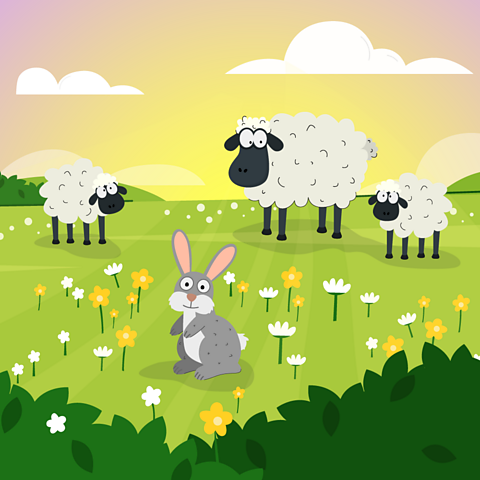
How to use 'il fait' + an adjective
One phrase that is used to describe the weather in French is Check your connection, refresh the page and try again..
If you put it with different weather adjectives, you can say what the weather is like.
- Check your connection, refresh the page and try again. – it's hot
- Check your connection, refresh the page and try again. – it's cold
- Check your connection, refresh the page and try again. – it's cool
- Check your connection, refresh the page and try again. – it's nice
- Check your connection, refresh the page and try again. – it's bad

'What's the weather like?' in French
You also use Check your connection, refresh the page and try again. to ask about the weather.
Use the phrase Check your connection, refresh the page and try again. – 'what weather'. Then change the order of Check your connection, refresh the page and try again. to fait il and join it with a hyphen Check your connection, refresh the page and try again..
- Check your connection, refresh the page and try again. – What's the weather like?
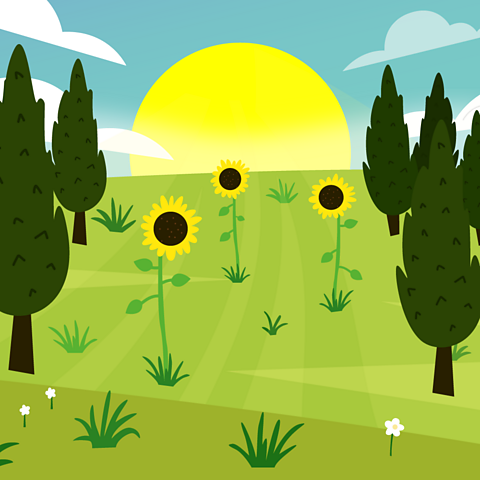
How to use 'il y a de'
Another useful phrase to talk about the weather is Check your connection, refresh the page and try again.. It's like saying 'there is some', but in English, we say 'it is'. For example:
- Check your connection, refresh the page and try again. – It's sunny
The spelling of the de after il y a changes depending on whether the weather noun is masculine, feminine or plural or whether it begins with a vowel. So you would use:
- du for masculine nouns
- de la for feminine nouns
- de l' if the nouns begins with a vowel
- des if the noun is plural (more than one)

Here are some weather phrases that you can use with il y a de.
| French | English |
|---|---|
| Check your connection, refresh the page and try again. | it's foggy |
| Check your connection, refresh the page and try again. | it's sunny |
| Check your connection, refresh the page and try again. | it's windy |
| Check your connection, refresh the page and try again. | it's stormy |
| Check your connection, refresh the page and try again. | it's cloudy |
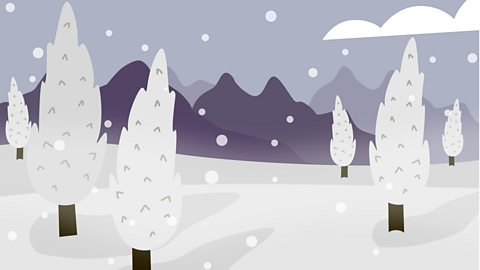
How to use 'il' + a verb
If you want to say 'it's snowing', 'it's raining', or 'it's freezing', you use Check your connection, refresh the page and try again. plus the correct form of the verb.
- Check your connection, refresh the page and try again. – it's freezing
- Check your connection, refresh the page and try again. – it's snowing
- Check your connection, refresh the page and try again. – it's raining

Seasons in French
To talk about the weather at different times of year, you can use the words for seasons.
To say 'in' a season, you use Check your connection, refresh the page and try again. for them all, except 'in spring', where you use Check your connection, refresh the page and try again..
| French | English | French | English |
|---|---|---|---|
| Check your connection, refresh the page and try again. | spring | Check your connection, refresh the page and try again. | in spring |
| Check your connection, refresh the page and try again. | summer | Check your connection, refresh the page and try again. | in summer |
| Check your connection, refresh the page and try again. | autumn | Check your connection, refresh the page and try again. | in autumn |
| Check your connection, refresh the page and try again. | winter | Check your connection, refresh the page and try again. | in winter |
Try adding the seasons to the weather phrases that you have already learnt:
- Check your connection, refresh the page and try again. – In spring it's cool
- Check your connection, refresh the page and try again. – In summer it's nice
- Check your connection, refresh the page and try again. – In autumn it's windy
- Check your connection, refresh the page and try again. – In winter it's snowing

What's the weather like today?
You might want to say what the weather is like today (Check your connection, refresh the page and try again.) or what the weather is normally (Check your connection, refresh the page and try again.) like.
Check your connection, refresh the page and try again. – Today it's nice
Check your connection, refresh the page and try again. – Today it's raining
Check your connection, refresh the page and try again. – Normally it's nice
Check your connection, refresh the page and try again. – Normally it rains
Check your connection, refresh the page and try again. – Normally it's nice in spring
Check your connection, refresh the page and try again. – Normally it rains in autumn

Countries in French
Here are some country names so you can talk about the weather where you live.
To say 'in' a country, you use en for them all, except Wales, where you use au.
| French | English | French | English |
|---|---|---|---|
| Check your connection, refresh the page and try again. | England | Check your connection, refresh the page and try again. | in England |
| Check your connection, refresh the page and try again. | Scotland | Check your connection, refresh the page and try again. | in Scotland |
| Check your connection, refresh the page and try again. | Northern Ireland | Check your connection, refresh the page and try again. | in Northern Ireland |
| Check your connection, refresh the page and try again. | Wales | Check your connection, refresh the page and try again. | in Wales |
Try adding the countries to the weather phrases that you have already learnt:
- Check your connection, refresh the page and try again. – In England, it's snowing
- Check your connection, refresh the page and try again. – In Scotland, it's cool
- Check your connection, refresh the page and try again. – In Northern Ireland, it's cloudy
- Check your connection, refresh the page and try again. – In Wales, it's sunny
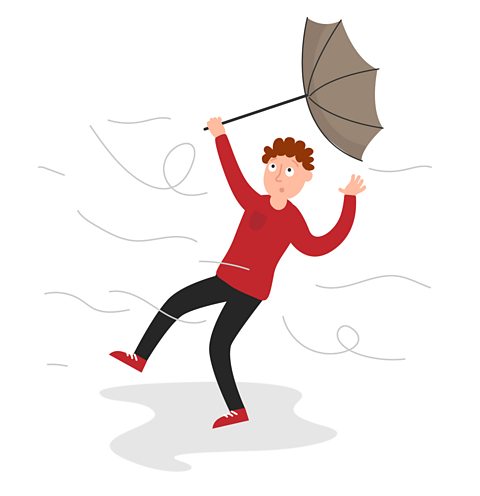
'And' or 'but' in French
You can use Check your connection, refresh the page and try again. (and) or Check your connection, refresh the page and try again. (but) to talk about two types of weather. 'And' or 'but' are called conjunctions.
Conjunctions are joining words that link together parts of a sentence.
Check your connection, refresh the page and try again. – In England, it's cloudy and windy
Check your connection, refresh the page and try again. – In Scotland, it's cool and cloudy
Check your connection, refresh the page and try again. – In Northern Ireland, it's windy and it's raining
Check your connection, refresh the page and try again. – In Wales, it's nice and cool
Check your connection, refresh the page and try again. – In England, it's sunny but windy
Check your connection, refresh the page and try again. – In Wales, it's nice but cool

'Very' and 'quite' in French
If you want to say 'it's very cold' or 'quite cold', you can add an intensifier such as 'very' (Check your connection, refresh the page and try again.) or 'quite' (Check your connection, refresh the page and try again.). An intensifier is a word that strengthens or weakens another word.
With a il fait + adjective phrase, you use Check your connection, refresh the page and try again. (very) and Check your connection, refresh the page and try again. (quite) before the adjective.
- Check your connection, refresh the page and try again. – it's very cold
- Check your connection, refresh the page and try again. – it's quite cold
- Check your connection, refresh the page and try again. – it's very nice
- Check your connection, refresh the page and try again. – it's quite nice
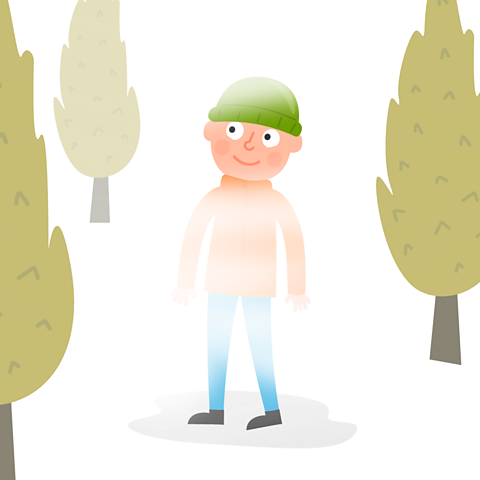
'A lot' and 'a little' in French
When talking about the weather, you can also use quantifiers which are words that tell us the quantity of an object, such as 'a lot' or 'a little'.
With il + a verb phrases, you use Check your connection, refresh the page and try again. (a lot) or Check your connection, refresh the page and try again. (a little) after the verb:
- Check your connection, refresh the page and try again. – it's raining a little
- Check your connection, refresh the page and try again. – it's raining a lot
- Check your connection, refresh the page and try again. – it's snowing a little
- Check your connection, refresh the page and try again. – it's snowing a lot
With the il y a phrases, you add Check your connection, refresh the page and try again. (a lot of) before the weather noun. Notice that with these phrases in English we use 'very' but in French we use beaucoup de (a lot of).
- Check your connection, refresh the page and try again. – it's very cloudy
- Check your connection, refresh the page and try again. – it's very windy
- Check your connection, refresh the page and try again. – it's very foggy

Key French sounds
Below are some important French sounds that you have heard in this topic. Try practising them yourself out loud.
- en
The word for 'in' is Check your connection, refresh the page and try again.. This is a nasal sound when air comes down your nose, as well as through your mouth. It makes the same sound as the letters am, an and em.
- Check your connection, refresh the page and try again. – in winter
- Check your connection, refresh the page and try again. – the wind
- Check your connection, refresh the page and try again. – in spring
Also written as an, am and em
- ei
The letters ei sound like e in egg.
This sound can be written as e before two consonants, è, ê, ai, aî, ei and e before a final c, l or t.
- Check your connection, refresh the page and try again.
The e at the end of Check your connection, refresh the page and try again. is also silent.
Also written as è, ê, ai, aî, e before two consonants, and e before a final c, f, l and t
- oi, oî
The two vowels oi do not make the same sound as they do in English. It is like an English w followed by an a sound like the a in 'apple'.
- Check your connection, refresh the page and try again.
The d at the end of the word is silent.
SATs preparation resources. activity
Get ready for the SATs papers with videos, activities, quizzes and games to refresh your knowledge and practise your skills.

More on Topics
Find out more by working through a topic
- count10 of 12

- count11 of 12

- count12 of 12

- count1 of 12
